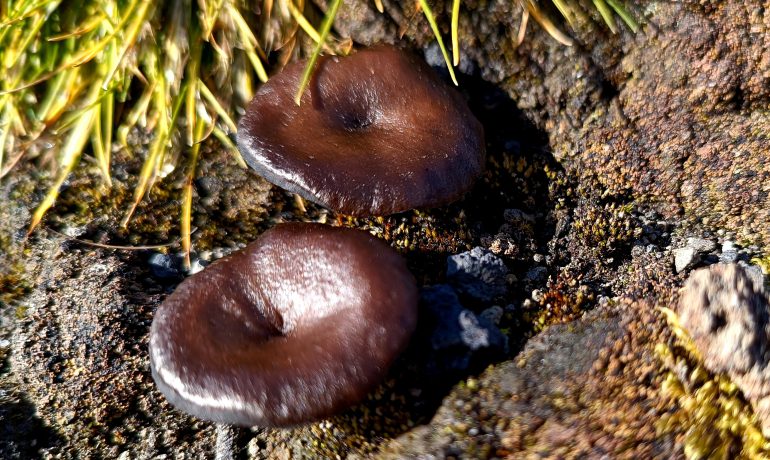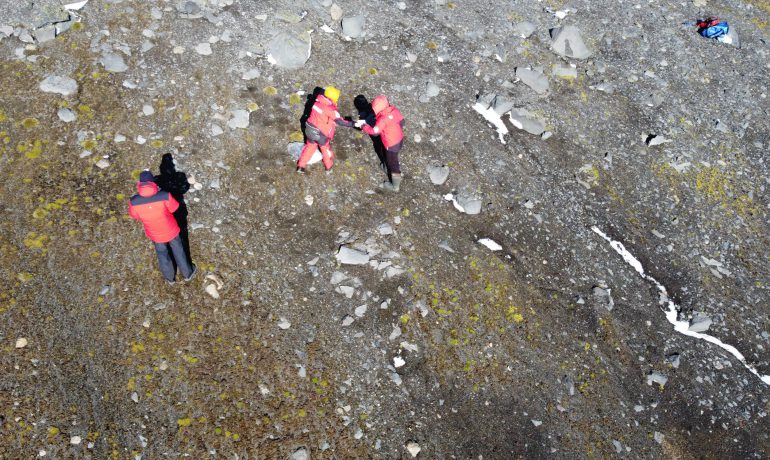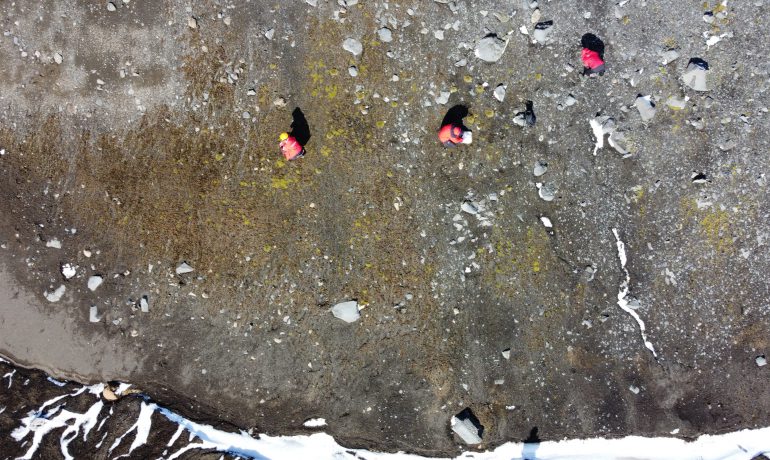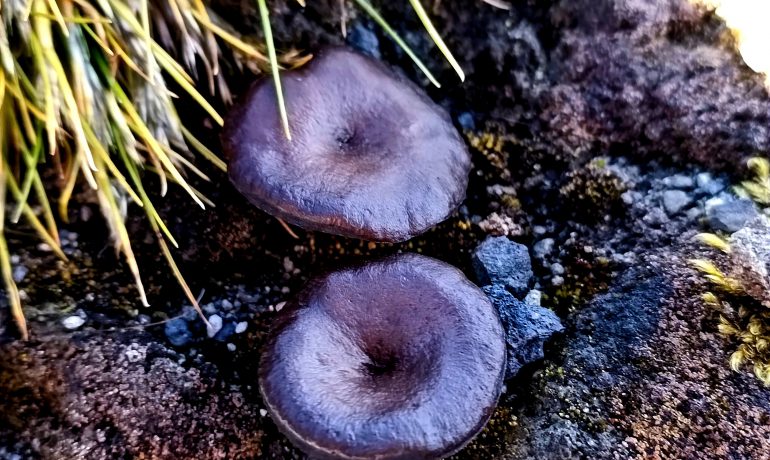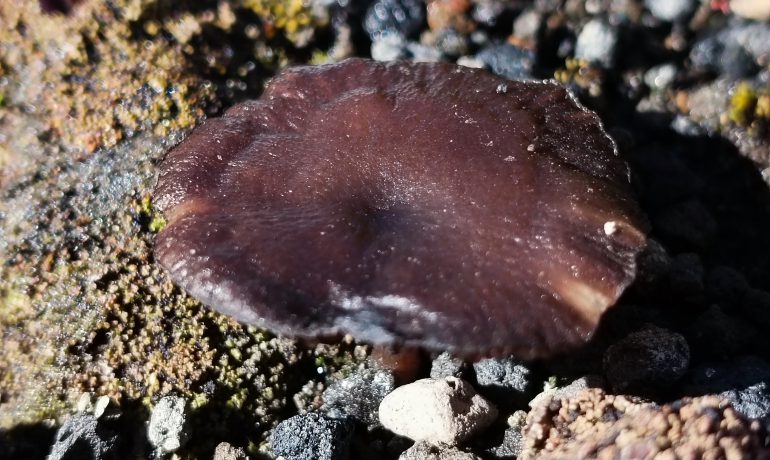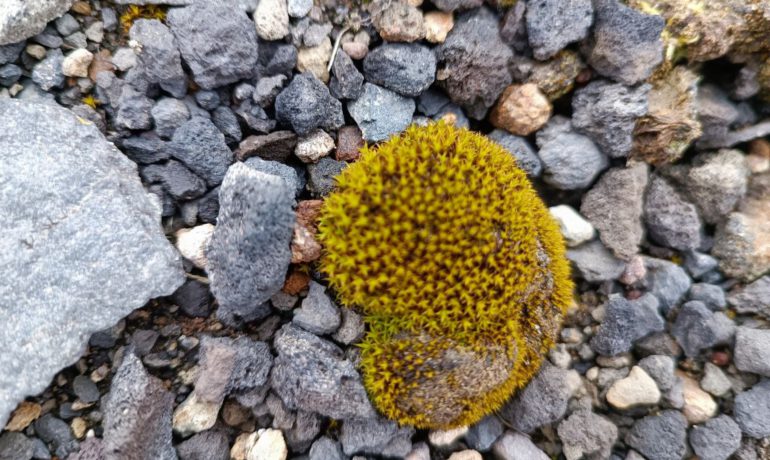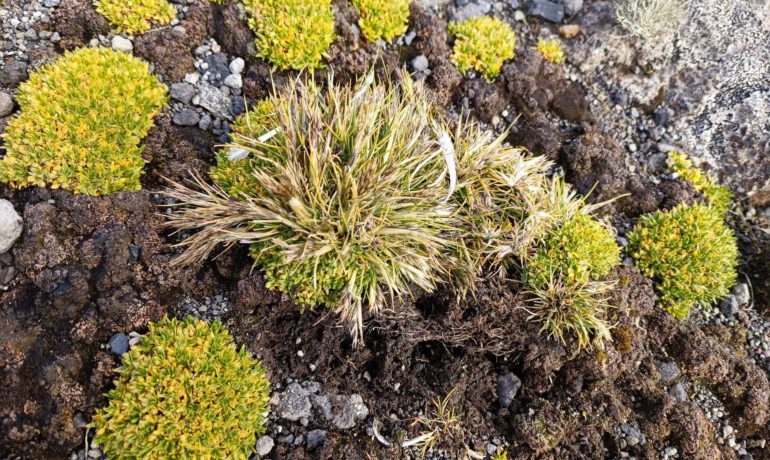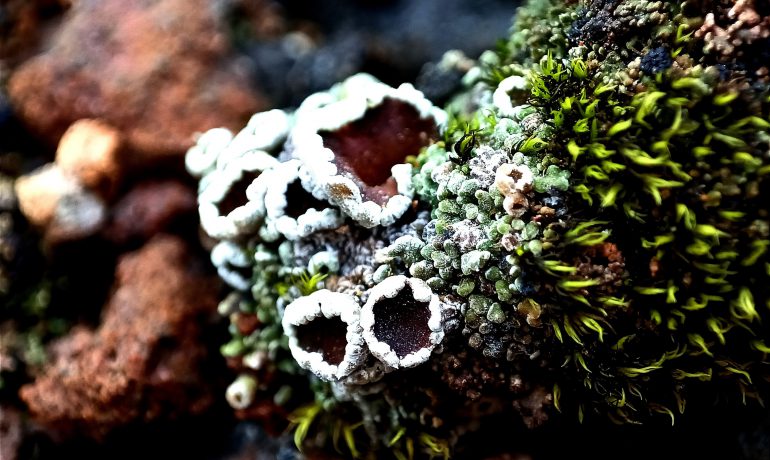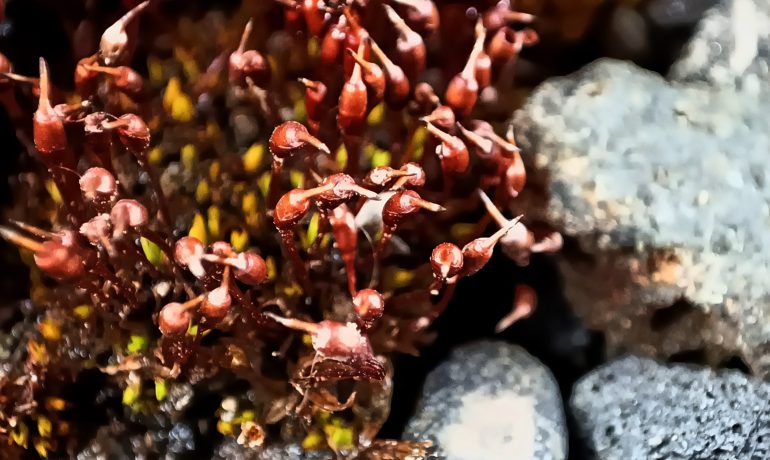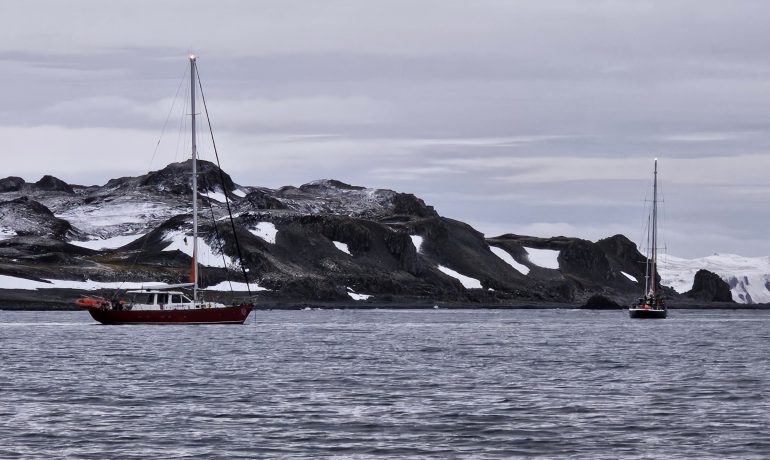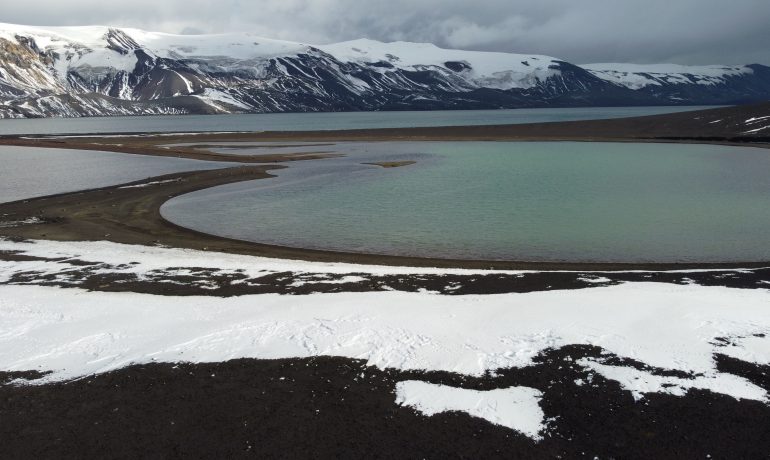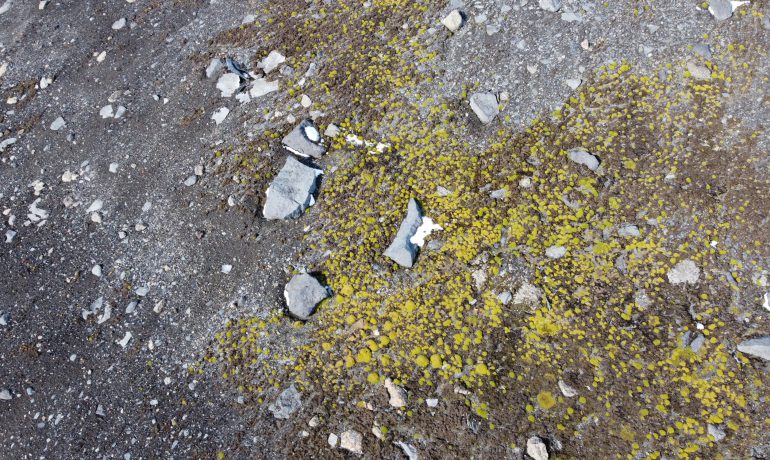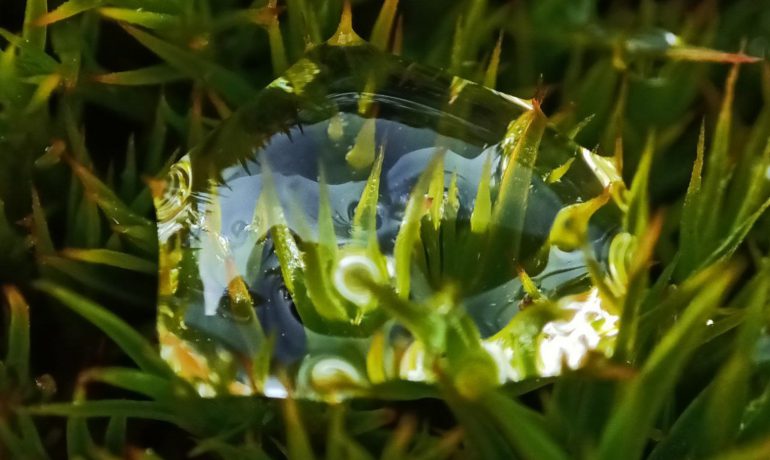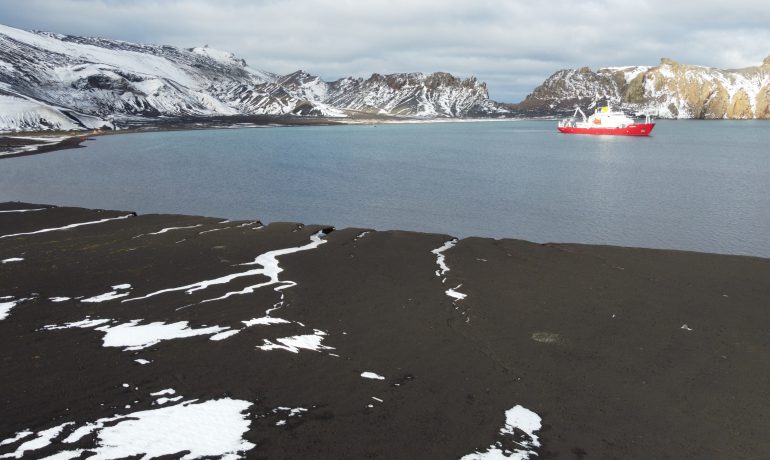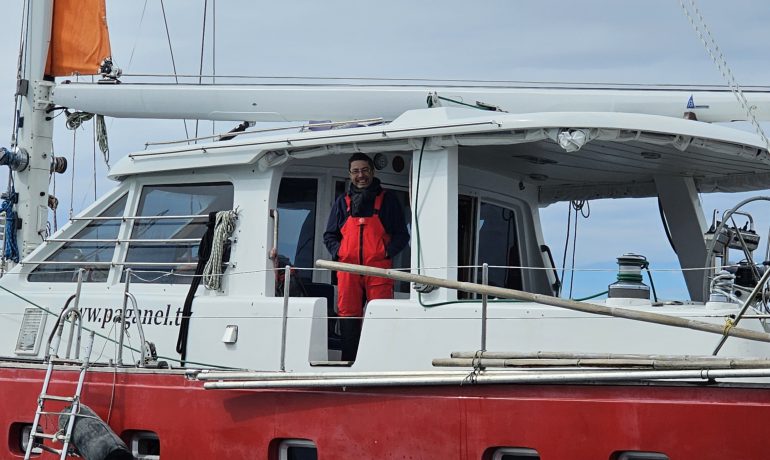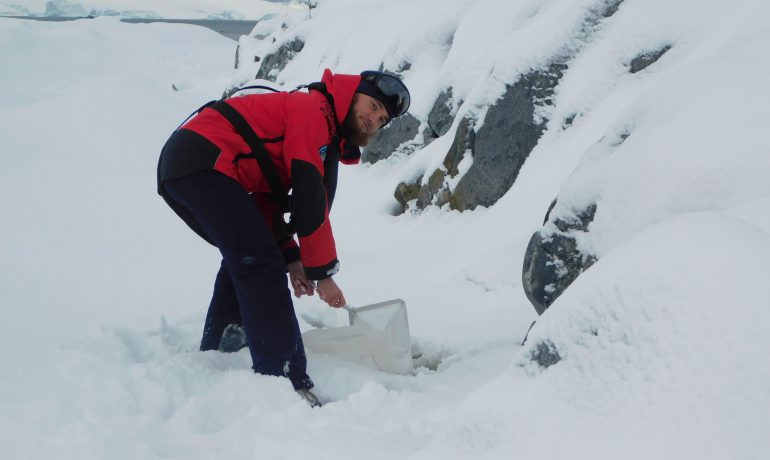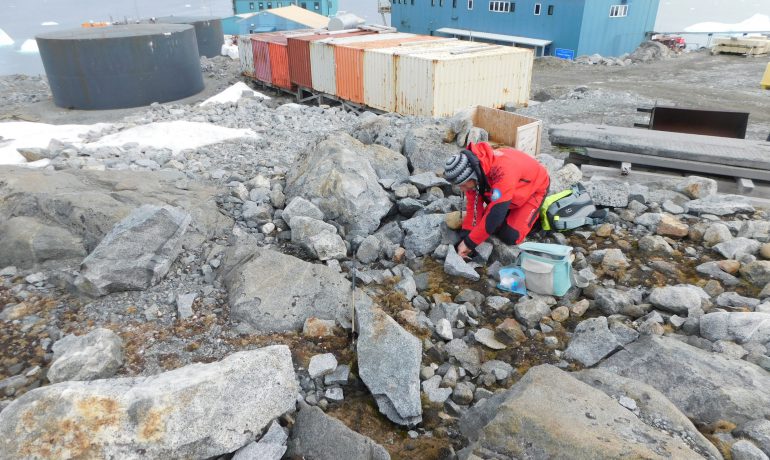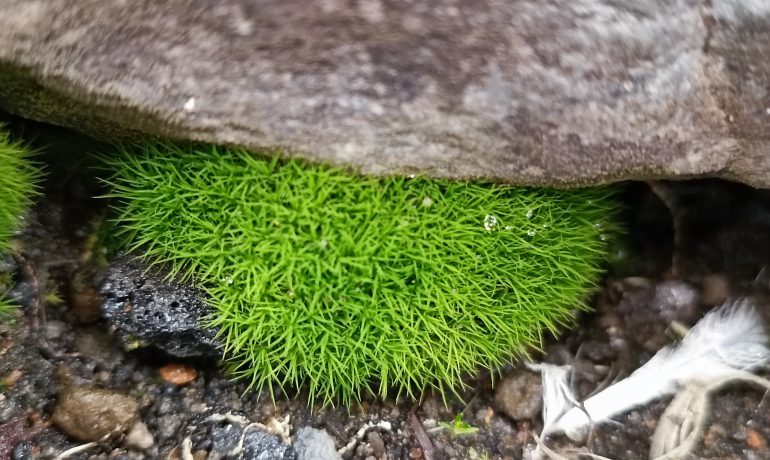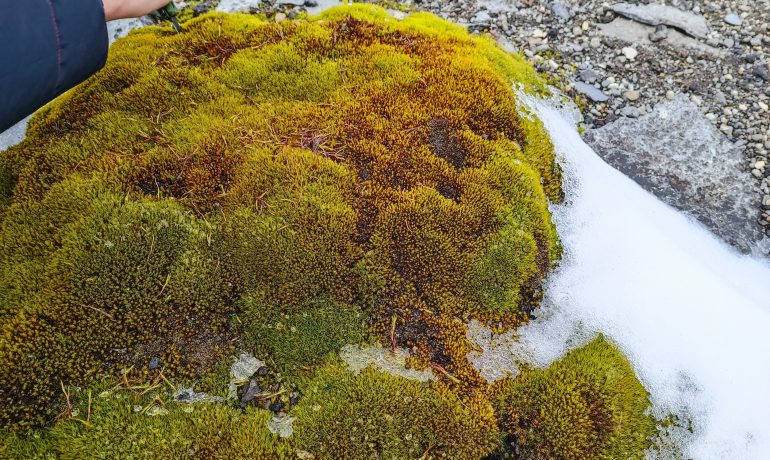During the seasonal expedition (January-April 2024), NASC scientists managed to expand the research of terrestrial organisms in Antarctica thanks to the use of the RV Noosfera, as well as free support of Ukrainian yachts “Wind Dancer” and “Mon Coeur”.
This is important because most research in Antarctica is limited to the station area. For example, our station is located on Galindez Island, and scientists for their work have access to the surrounding islands and part of the mainland, which can be reached by motor boat (maximum distance 20-30 km).
Using the icebreaker and yachts, Ukrainian scientists were able to study the distribution of organisms and collect samples for comparison on more remote islands along the Antarctic Peninsula.
The first location is Deception Island, formed by an Antarctic volcano. After its last eruption (1970), the local ecosystem is still recovering. Here, scientists from the NASC Department of Biology and Ecology studied the distribution of vascular plants, of which there are only two in Antarctica: Deschampsia antarctica E.Desv. and Colobanthus quitensis.
In January, the first visit in this season to the island by yachts took place to study the probable remains of the flora that grew here before the eruption of the volcano. The second time biologists came to Deception Island in March by Noosphere to study the spread of Deschampsia antarctica and Colobanthus quitensis to new territories that were empty after the eruption. Associated vegetation was also studied.
The second location is in the area of the American Palmer station. Here, back in 2018, our scientists established a research site to study the microclimate in the vascular plants’ distribution area. The data obtained from here is now being compared with the same data from Vernadsky area and research sites on Nelson Island (these sites were established as part of Czech-Ukrainian cooperation, which we talked about earlier).
This season, NASC biologists reached Palmer first by yachts in early February to replace batteries and record data from the research site. They returned here in April on the RV Noosfera for a new recording of data and checking the operation of the equipment.
Also, during the same voyage, scientists landed on Christine Island, where they collected samples of freshwater crustaceans. They are important for comparative studies: these samples can be used to trace the distribution patterns of the mentioned organisms in the region.
All collected materials will now be analyzed in laboratories. These studies will help to learn more about the living world of the icy continent and its reactions to various environmental factors. So far this hasn’t been studied much yet.
We remind you that the third Antarctic season of the RV Noosfera lasted from November 2023 to May 2024. It was the longest and had the largest scientific program, in particular international research.
We also express our gratitude to the owner of the yachts, the Ukrainian company Paganel Studio, which provides free support to our scientists in Antarctica.
Photo: Ivan Parnikoza, Marta Dzyndra, Anastasiia Chyhareva


